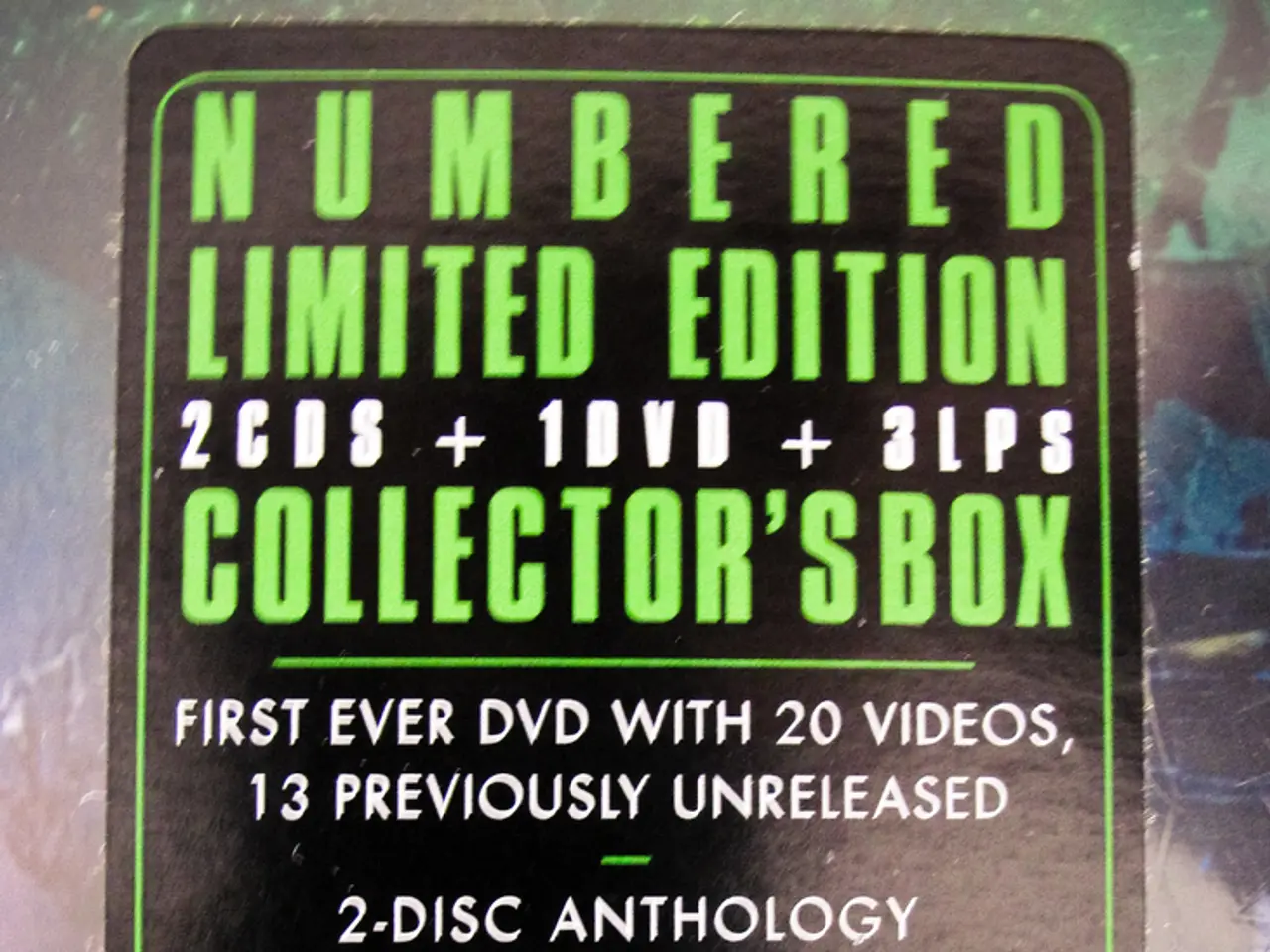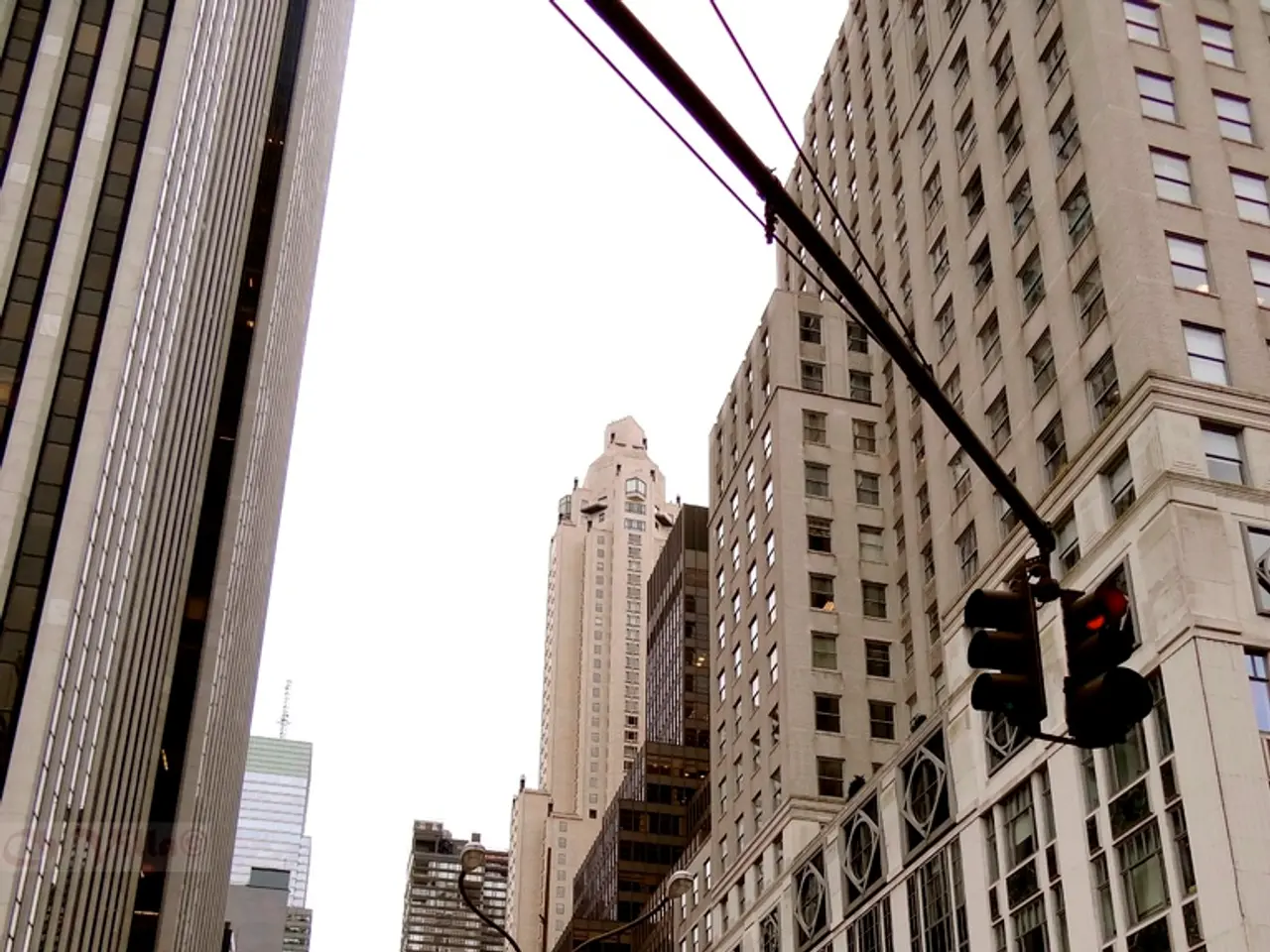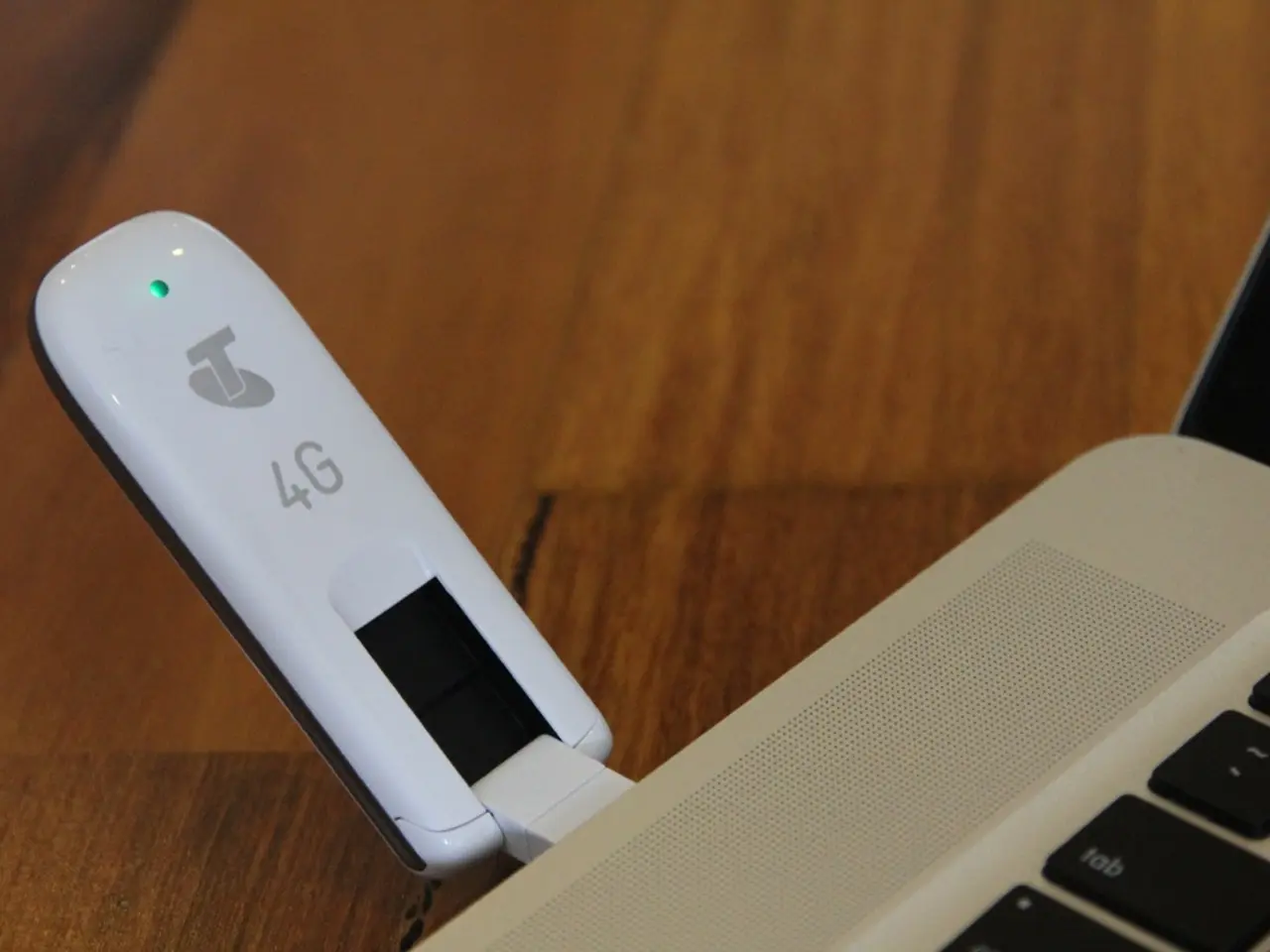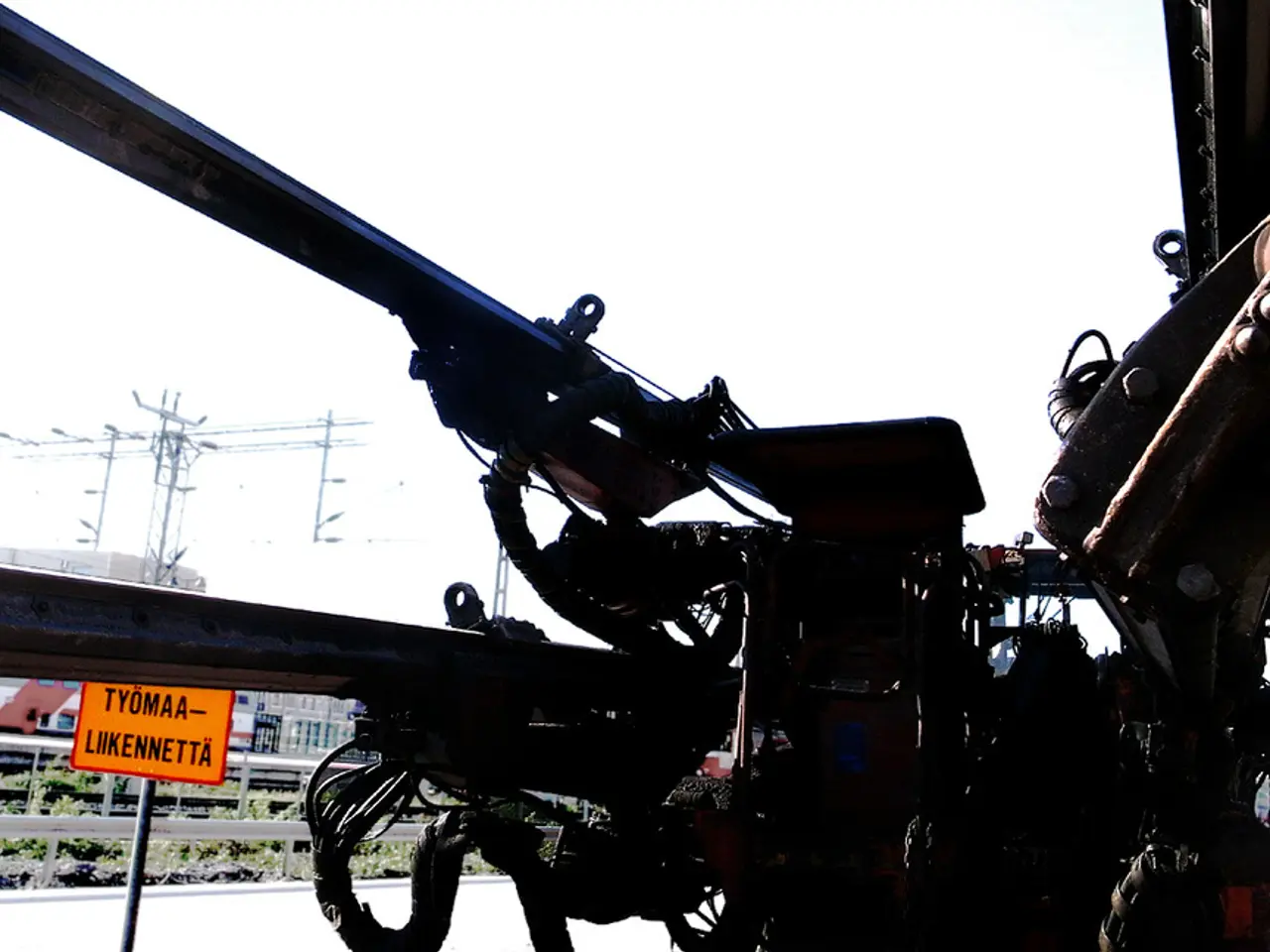Evolving Broadcast Scene: Television, Connected TV, and Crowd Fascination
In the dynamic world of advertising, India is witnessing a significant transformation as digital advertising trends for 2025 point towards a marked shift from traditional TV to Connected TV (CTV). This shift is driven by rapid digital adoption, changing viewer behaviors, and advancements in AI and automation.
The growth in digital ad spend is evident, with social media platforms like Facebook and Instagram leading in advertising revenue and impressions. This underscores the dominance of digital channels over traditional TV[1][3].
Connected TV (CTV) is part of a larger trend towards Over-the-Top (OTT) and digital video platforms. Consumer spending on OTT video, including CTV, is projected to surpass traditional pay TV revenues by 2027 in India[4]. This reflects an increasing consumer preference for on-demand, internet-connected viewing experiences.
However, the average daily screen time has increased to over five hours, with 60% of that time spent on OTT and social media. Yet, this time is often characterised by passive browsing and short-form videos, leading to a decline in deep viewer attention[3].
This decline in viewer attention poses challenges for media planners, who are now focused on optimising campaigns for fleeting engagement. Strategies like hyper-personalisation, influencer collaborations, and marketing automation are being employed to capture and nurture leads effectively across multiple touchpoints[2][5].
AI and automation play an increasingly prominent role in media planning and execution, improving budget efficiency and campaign performance by targeting audiences more precisely and dynamically allocating digital ad spend[5]. Omnichannel marketing is becoming essential to maintain a seamless consumer experience across devices and formats, including CTV, mobile, and web, which helps counteract the challenges posed by fragmented and distracted audiences[2].
Meanwhile, in the traditional media landscape, PVR Inox has reported a more than halved loss due to the success of movies like 'F1'. Big FM has elevated Sunil Kumaran as its CEO, while JioStar has bagged exclusive US Open broadcast rights for 5 years[6]. TV ad volumes decreased by 10% in the first half of 2025, and Disney has cut its projected loss from its stake in JioStar to $200 million for FY25[7].
The shift towards digital advertising and CTV is particularly relevant for Gen Z marketing strategies. Brands are recognising the need to adapt to this new audience's consumption habits, with short, engaging content and interactive experiences becoming increasingly important[8].
In conclusion, India’s digital advertising in 2025 is pivoting sharply towards CTV and digital video platforms, leveraging AI and advanced data-driven tactics to address diminishing viewer attention and optimise media planning across a diverse, hyper-connected audience landscape[1][2][3][4][5].
- The dominance of digital channels over traditional TV is highlighted by the growing advertising revenue and impressions on social media platforms like Facebook and Instagram.
- The increasing consumer preference for on-demand, internet-connected viewing experiences is reflected in the projected surpassing of traditional pay TV revenues by OTT video, including CTV, by 2027 in India.
- The declining viewer attention is posing challenges for media planners who are now focusing on strategies like hyper-personalisation, influencer collaborations, and marketing automation to capture and nurture leads effectively.
- AI and automation are playing a more significant role in media planning and execution, aiming to improve budget efficiency and campaign performance by targeting audiences more precisely and dynamically allocating digital ad spend.
- Brands are recognizing the need to adapt to Gen Z's consumption habits, with short, engaging content and interactive experiences becoming increasingly important for Gen Z marketing strategies.




